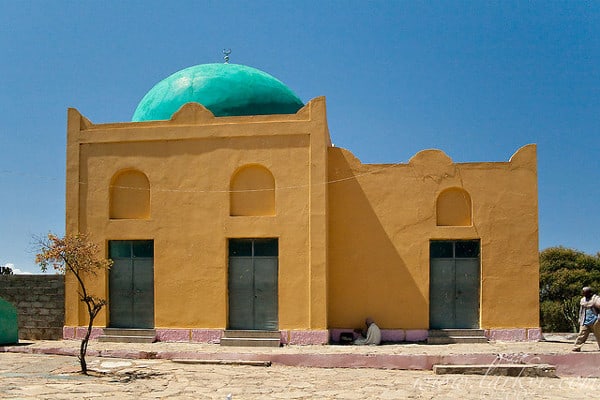Colonialism was the single most decisive political phenomenon of the last five centuries. It is unrivalled in what it created of upheaval, death and large-scale political, economic and social reconfiguration. Br Shahbaz Jamal presents a brief pictorial and thematic introduction to colonialism, based on his creative presentation at a recent conference in Sydney.
Originating in Portuguese and Spanish “exploration” of the world, many historians mark 1415 as the start of what was to become European colonialism.
The features of colonialism
Colonialism exploited and enslaved entire peoples in completely unprecedented ways and continues to be a defining feature of our world. But what exactly is Colonialism? At its most basic, colonialism is the acquisition and domination of colonies systematically exploited by and for the benefit of the coloniser. It has a number of defining features, such as:
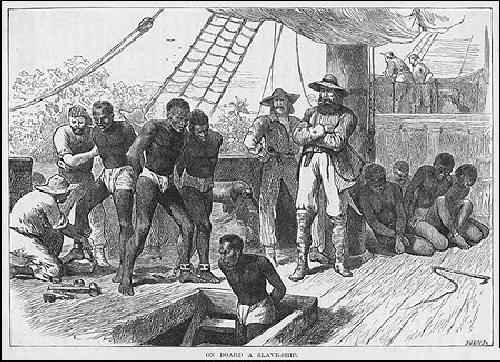
One: A relationship of stronger nations dominating and subjugating weaker ones. Widespread abuses and massacres are typical of colonial history.
Two: Exploitation by benefiting off the colonised. This is the primary purpose of the coloniser. The raw materials, labour and markets of Asia and Africa directly fed the burgeoning industries of newly Capitalist Europe. The wealth of colonised peoples was literally snatched from their hands and shipped out to European capitals. In this regard, colonialism goes hand in glove with capitalism.
Three: Substantial disruptive re-structuring of colonised societies in all ways: political, economic, social, cultural. To achieve colonial ends artificial borders were created, divide and rule strategies were employed, as well as favouring certain religious, ethnic or linguistic groups over others. Whatever it took to achieve colonial ends was done, regardless of impact on the subjugated nations.
Four: Cultural invasion, whereby the ideas and values of secular, liberal Europe were imposed in the colonies as and where beneficial to the colonial project. Contemporary theorists have accurately described this as “epistemic violence.”
Five: European superiority, such that the entire colonial enterprise was not simply a matter of strong dominating weak, but a “civilising mission” in which Europe was civilising barbaric non-Western civilisations. Using theories devised in 16th century Europe to construct an idea of racial superiority, racism was at the heart of the colonial project and used to devastating effect. The most abhorrent result of this was the Atlantic slave trade in which people from Africa were simply deemed sub-human and abused in the most horrific ways.
The Two Main Types of Colonialism
There were two main types of colonialism. In settler colonies, such as Australia and the Americas, colonialists violently and ruthlessly displaced the indigenous population to claim the land as their own and set up permanent home. In colonies of occupation, such as India and Nigeria, ruling and administration were directly controlled by colonialists without large-scale resettlement. An elite, privileged class from within the colonised people was crafted to rule on behalf of the coloniser with an imported system of administration and laws. This class of proxy rulers internalised European values and served the role of an intermediary between coloniser and colonised.
Colonialism as a European Phenomenon
While some older imperial forms of political organisation might seem similar, the above-mentioned defining features and types taken together reveal colonialism as a peculiarly modern and European phenomenon.
On the 21st of August, the Portuguese Empire captured the city of Ceuta in modern day Morocco, gaining a foothold in Africa. By the 15th century, their sailors discovered various Atlantic islands which were promptly populated, allowing them to press further along the West African coast until they realised it was possible to sail around Africa by rounding the Cape of Good Hope in 1488. The famous Vasco da Gama reached India in 1498. The rival Spanish kingdom of Castille was not to be outdone, funding Christopher Columbus’ voyages which eventually led to the “discovery” of the Americas.
The 17th century saw the rise of French, Dutch and British colonial endeavours, initially with outposts established in North America and the Caribbean. By the 18th century the British and French had surpassed the Spanish and Portuguese. The British won the decisive Battle of Plessey in India in 1757, planting themselves firmly in the subcontinent and plundering the riches of the Mughal Sultanate’s massive economy.
The madness of colonial competition reached a high water mark in the 19th century with the Scramble for Africa and the rush to take more south East Asian territory. Much of the Muslim world now came under colonial occupation. However, what needs to be emphasised here is that colonialism continues to this day.
Neo-Colonialism: The continuation of colonialism
Colonialism took on a different form from the mid-20th century following the so-called “independence” of colonised nations. From this point, two major shifts occur. First, as colonies of occupation became untenable, powers like Britain and France simply took a formal step back, removing all explicit military and political presence, only to further embed their Europeanised proxy rulers as the official political and military leaders. Second, coming out stronger than Europe after WWII, the United States joined the colonial game following President Truman and then Eisenhower’s adoption of a more interventionist foreign policy.
This new form of colonialism – sometimes referred to as neo-colonialism – shares much of the essence of its parent form: subjugating weaker people, the objective of exploitation, particularly through economic means, and a thoroughly Euro-centric outlook. The subjugation now also extends between people abroad to communities at home in the West, that is, migrant communities as well as what remained of the indigenous peoples.
The features of Neo-Colonialism
Neo-colonialism also, however, has its own defining features, such as domination by consent, or what some theorists have termed “hegemony.” The greater use of soft power instead of hard power, encouragement over coercion, subtle influence instead of active persuasion. Utilising subtle control over the economy, media, education, the interests and values of the elite are made to seem to be natural and in the common interest. Ideological positions are pushed from behind the notion of the greater good, couched in terms of peace, advancement and social cohesion. To this end, the acceptance of the oppressed group for the dominant ideals is sought and maintained. Empty compromises are made to suppress potential unrest, while maintaining strategic sectors that guarantee the status quo.
In this way, allegedly ex-colonial powers continued to play a decisive role over lands in Asia and Africa through new instruments of indirect control such as international monetary bodies, through the power of multinational corporations and cartels which artificially fixed prices in world markets, and through a variety of other educational and cultural NGOs, which operate very much like the missions and missionaries of the colonial period. In this sense, neo-colonialism is in fact more insidious and more difficult to detect and resist than classic colonialism.
This, dear brothers and sisters, is the defining political reality of our world, which we must thoroughly understand in order to be able to do anything about it.
![]()


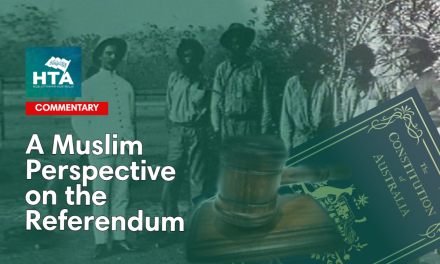




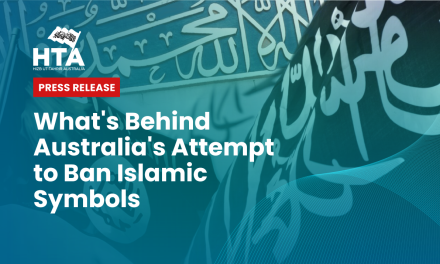



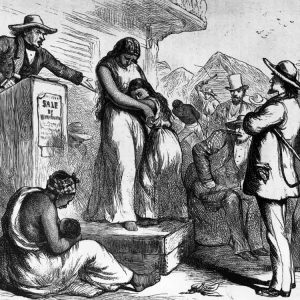
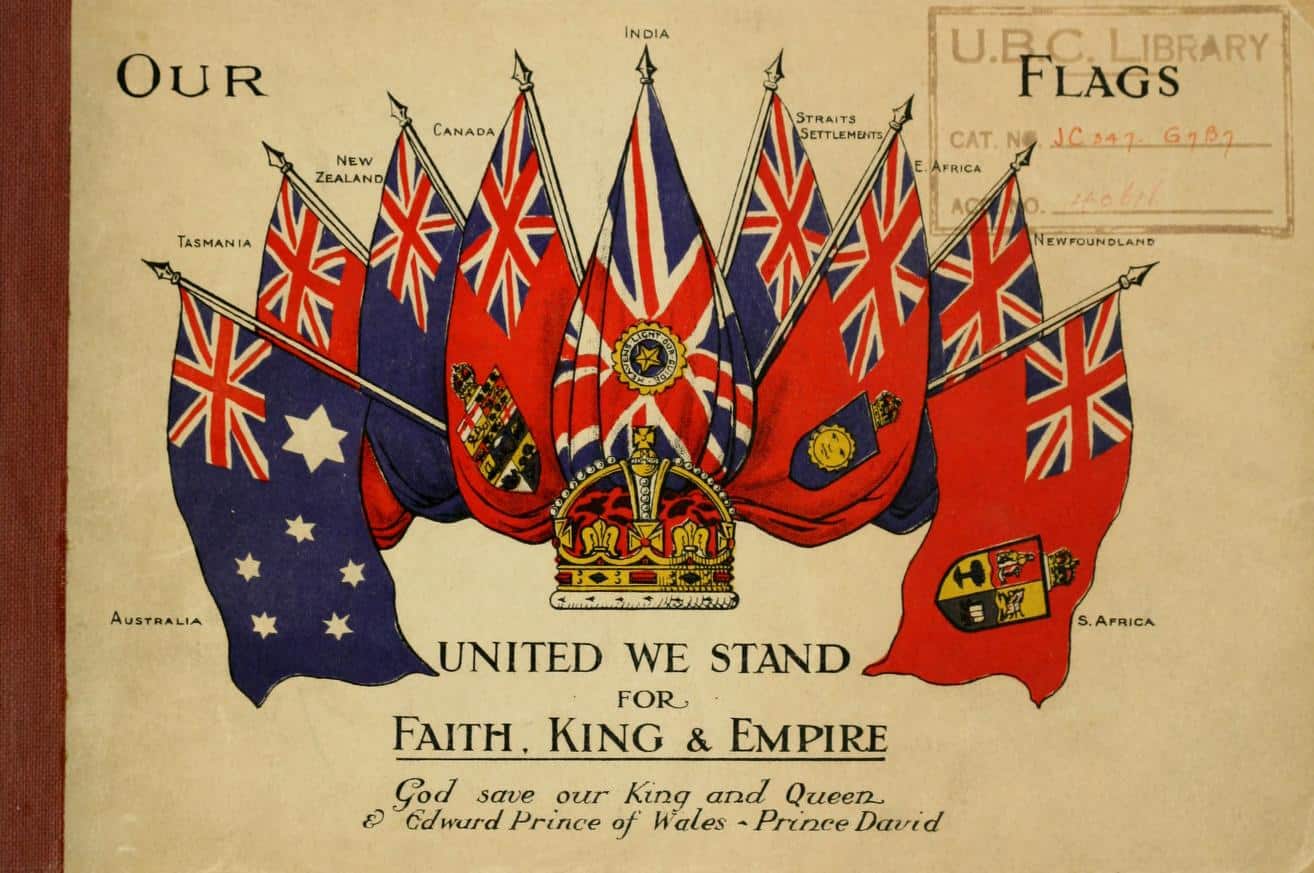
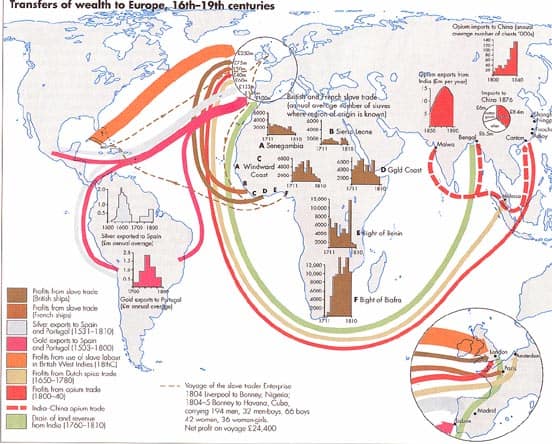
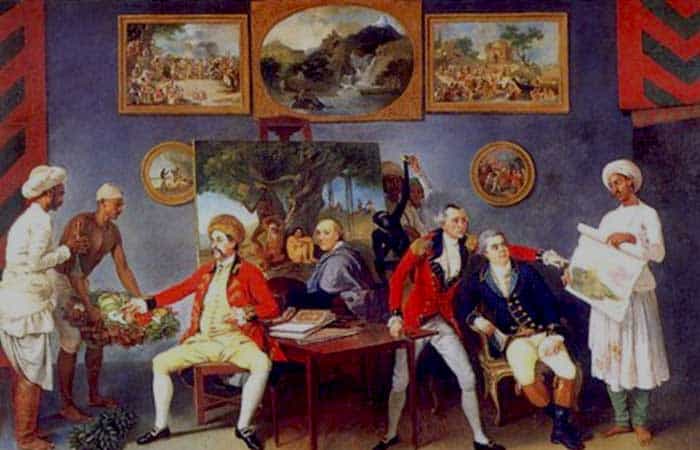
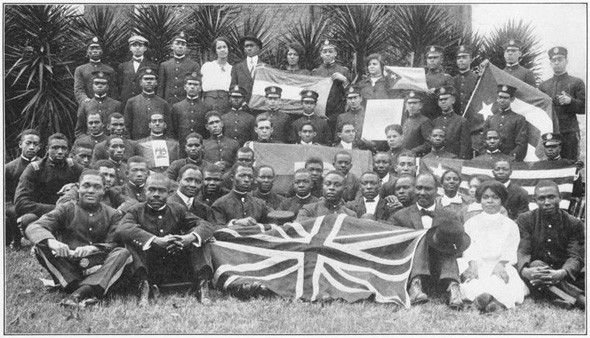
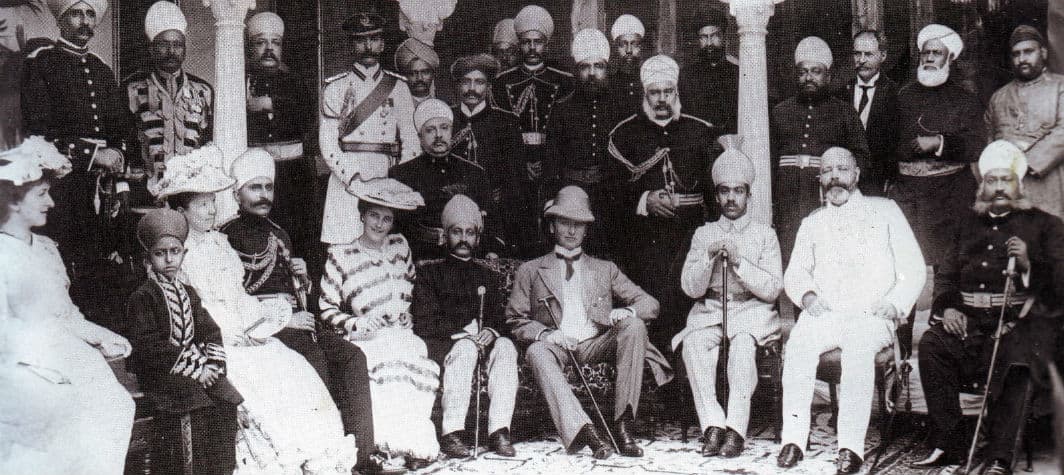

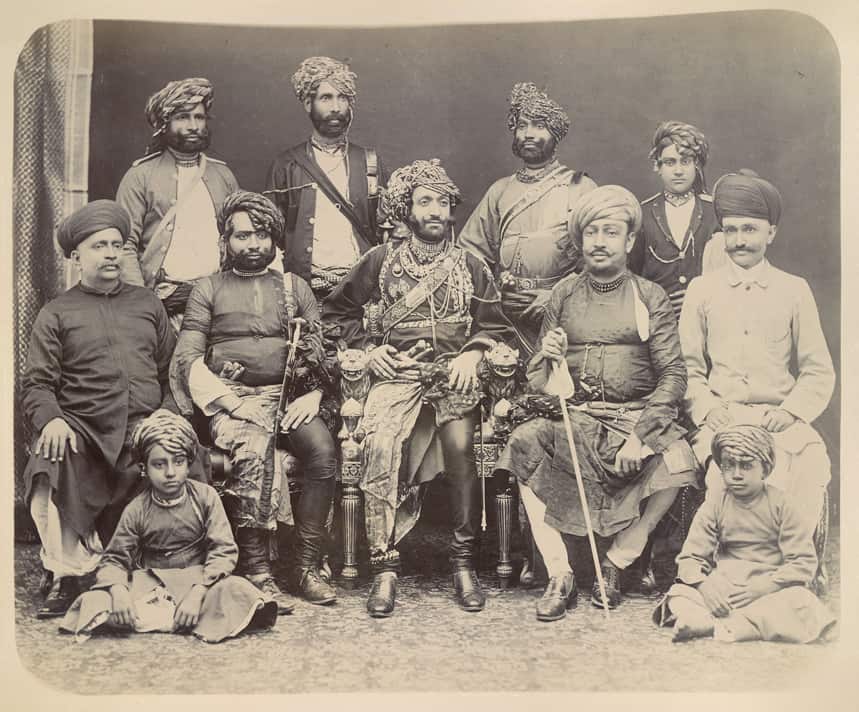
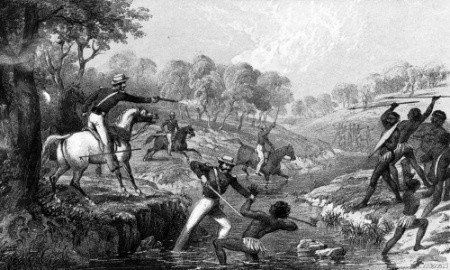

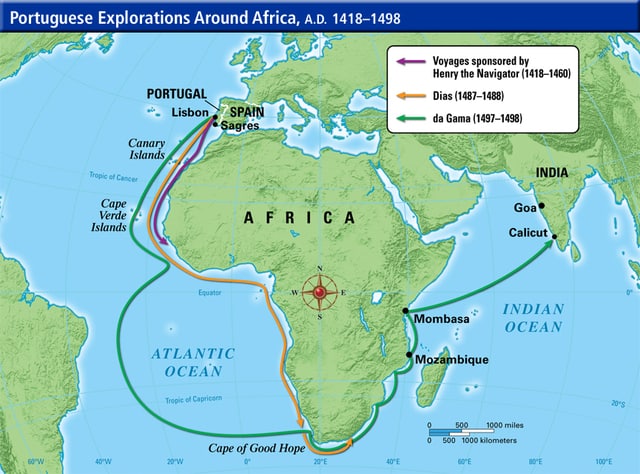
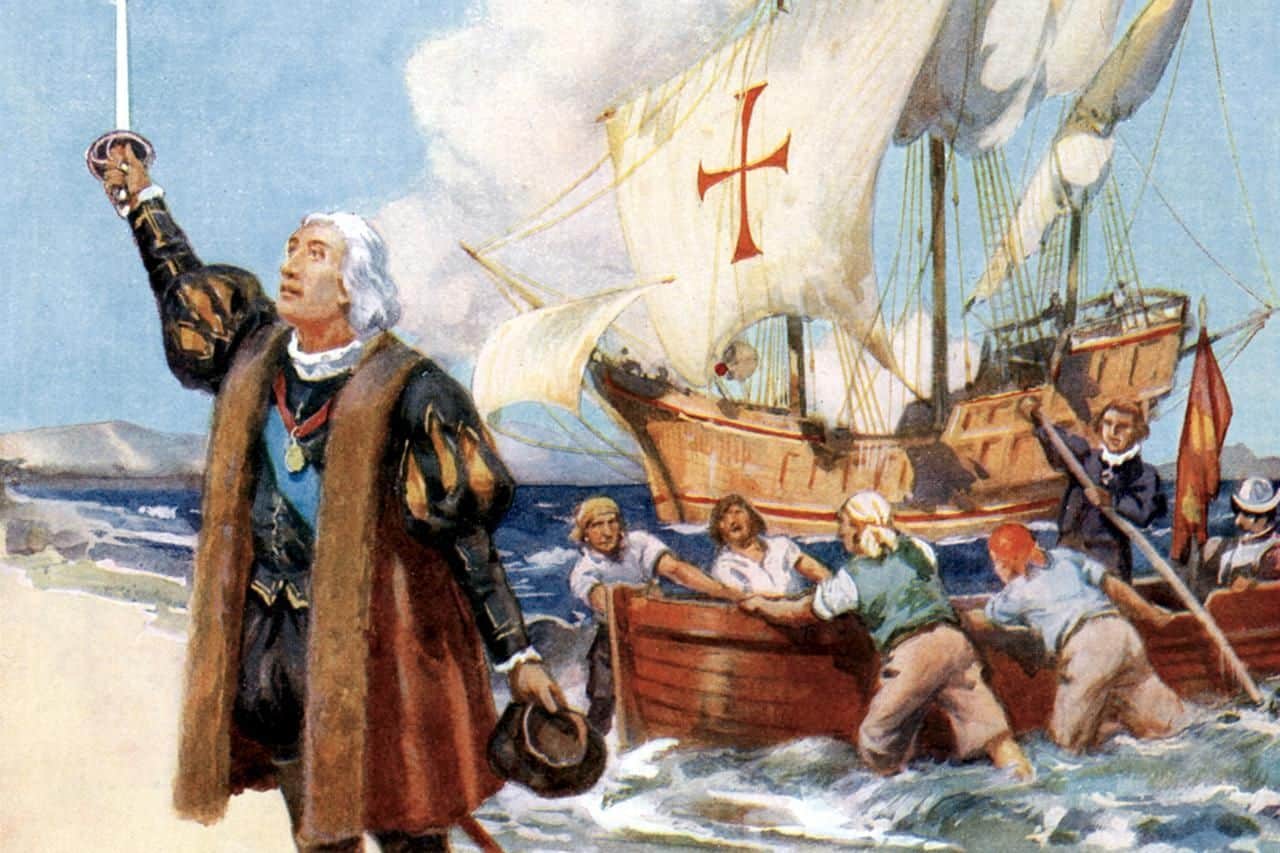
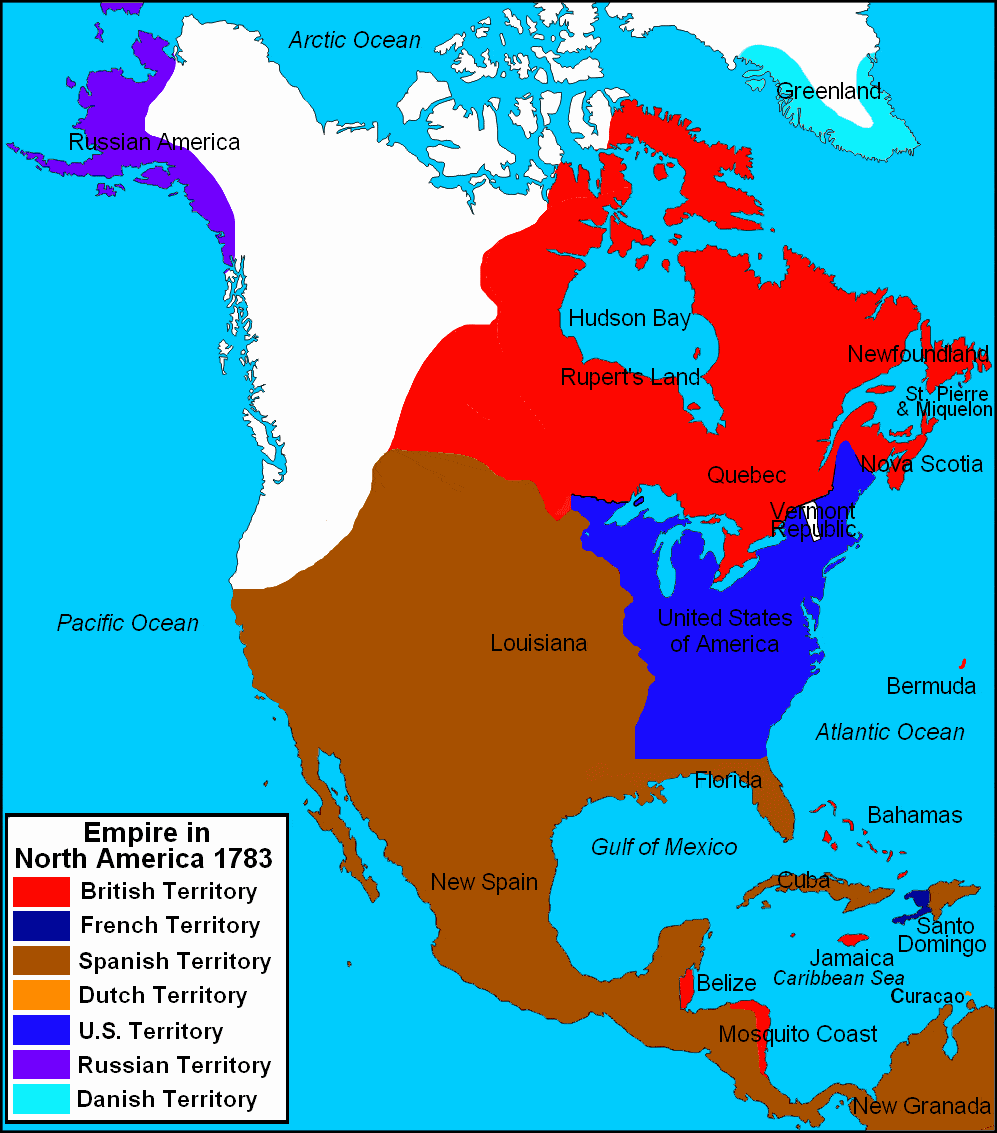
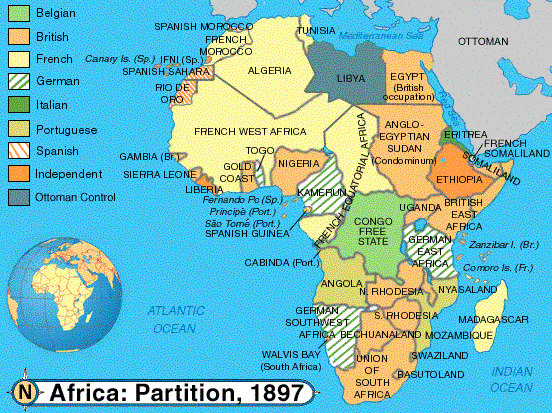
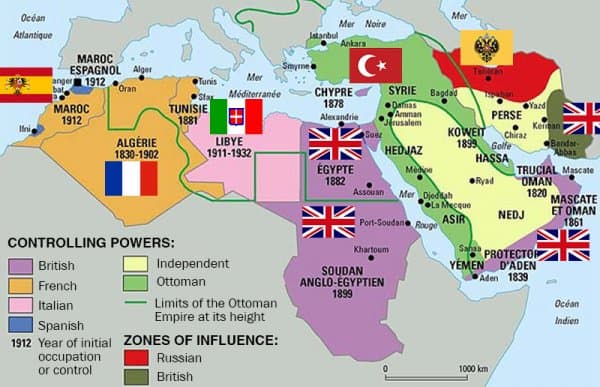

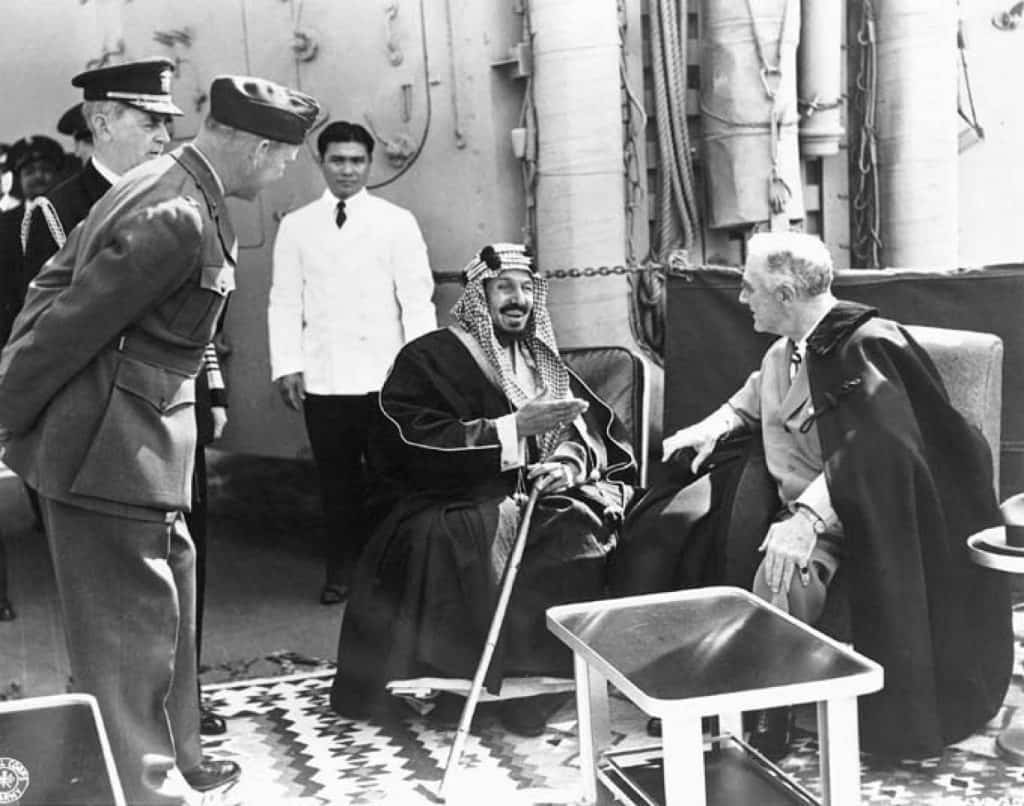

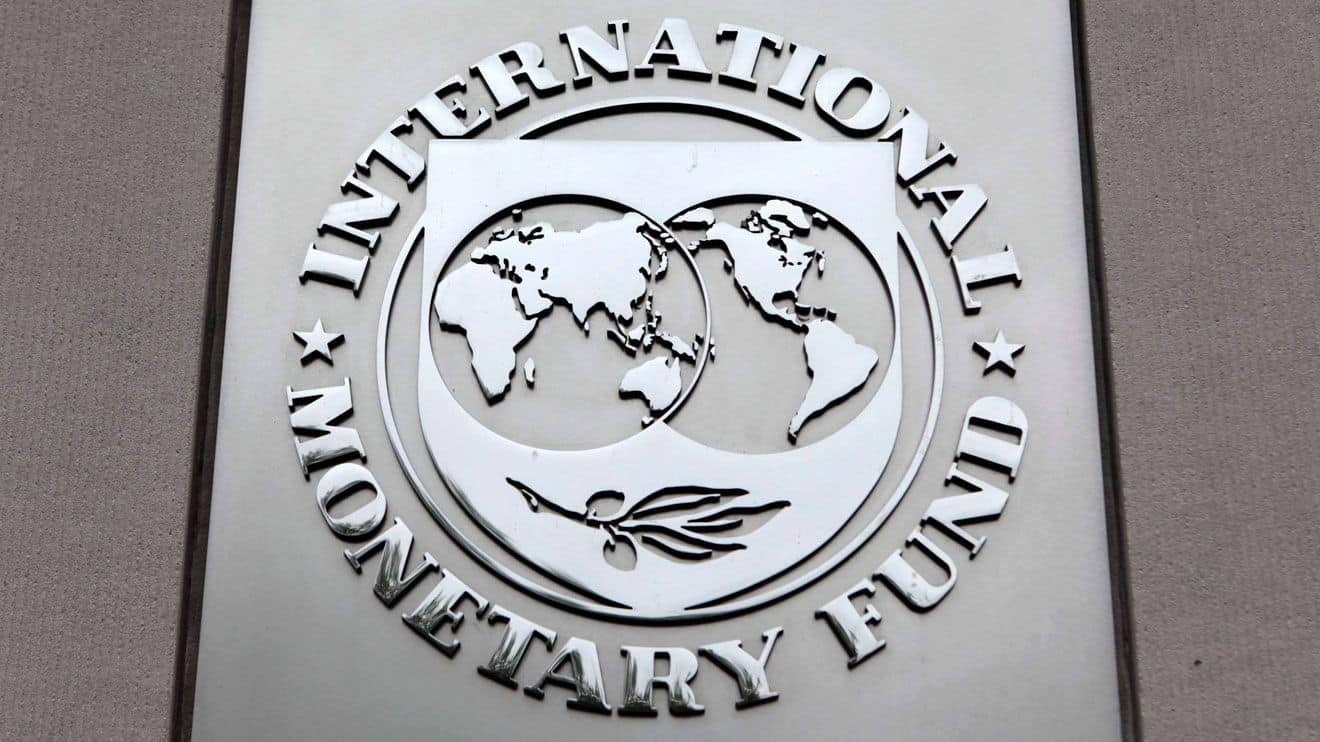
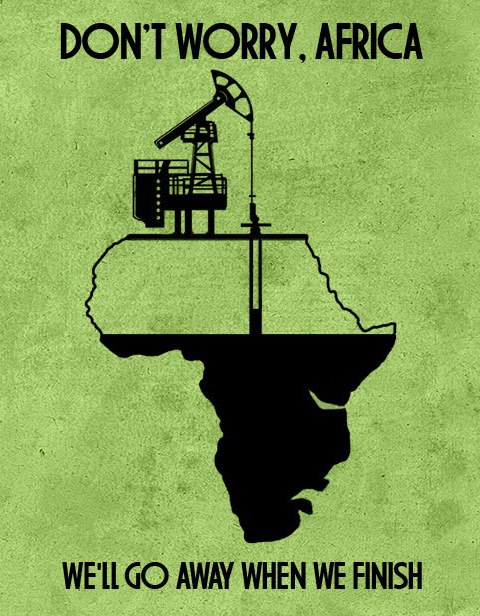
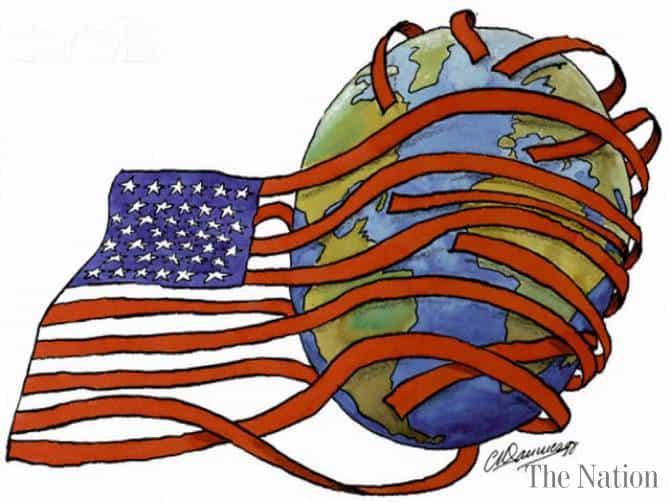



![Imam Malik – Proof of the Community [Biography]](https://www.hizb-australia.org/wp-content/uploads/2016/05/Silhouette-Of-Man-Praying-At-Sunset-shutterstock-800x430.jpg)
